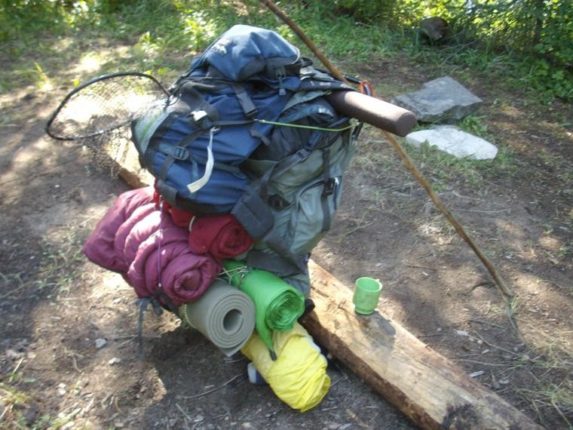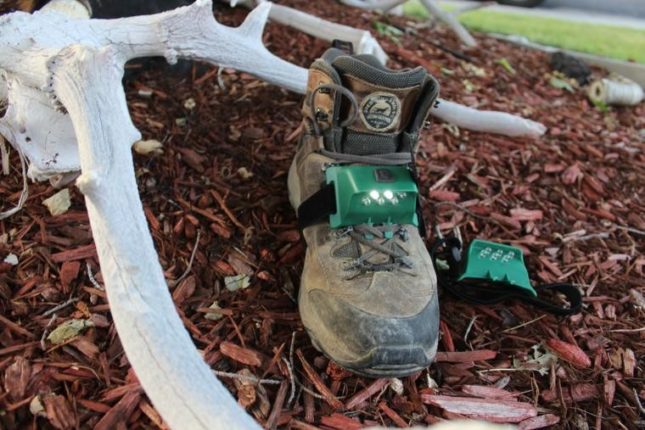On Dec. 7, 1941, my father was in Honolulu, Hawaii. He and a friend were sitting on the upper floor of the building they were in, when they saw what they initially thought were a large number of airplanes engaged in some kind of military exercise.
As it turned out, the airplanes were headed to Pearl Harbor, Kaneohe Marine Air base and Hickam Field to destroy America’s Pacific Fleet and prevent any American aircraft from responding to the attack. As the bombs fell and the smoke rose from Pearl Harbor and the other military installations on Oahu, Dad realized Japan had attacked our military forces.
My father and his friend were quickly drafted into a nightly patrol corps that patrolled the streets and neighborhoods of Honolulu and other communities on the island of Oahu.
America entered the Second World War, and the rest is history.
When I was in the fifth grade, my teacher asked us if we knew why Japan didn’t finish what they started and didn’t send their troop ships and carriers to invade California. The prediction from our military leaders at that time was that we might not have been able to stop them until they reached the Mississippi River.
However, those military leaders and analysts forgot something that the Japanese knew all too well.
After the war, the remaining Japanese admirals and generals were asked that question. Their answer was that almost every home in America had guns and that Americans knew how to use them.
Admiral Yamamoto who commanded the Japanese Fleet had visited and studied in America. He had always been impressed with the number of firearms in American homes and the skill that Americans had with their firearms. He knew that the Second Amendment to our Constitution gave the American public a tremendous capacity to repel foreign invaders.
Admiral Yamamoto had originally cautioned against attacking the U.S. Pacific Fleet in Pearl Harbor, saying that he believed that all they would accomplish was “to wake a sleeping giant and fill him with a terrible resolve.”
It has been conservatively estimated that there are 2,308,000 hunters in Wisconsin, Pennsylvania, West Virginia, Michigan and Idaho combined. The hunters in those five states alone would comprise the largest army in the world. The number of hunters in Texas would be the largest standing army in the world all by itself. In addition, many American citizens don’t hunt, but still enjoy owning, shooting and competing with firearms.
The point of all this information is that every country around the globe knows that America is the most powerful country in the world. We have been able to fight the wars that we had to fight and still have more firepower at home than the standing armies of the rest of the world. Those countries of the world who choose to be against our way of life may hate us but won’t invade us because so many of us own firearms and know how to use them and constitute a force more numerous than their own armies.
Our friends, on the other hand, know we love peace and try to be good neighbors, as well as standing as a formidable deterrent to those who would invade our friends.
Today, there is a push by NATO to restrict the right to keep and bear arms in America. Our enemies are also recommending restrictions of our Second Amendment rights, and some of those enemies have been elected to Congress.
Right now, the public trust still rests in the hands of the people, where it rightfully belongs, giving us the power to remove politicians that don’t share our dream and tell NATO to mind their own business, and we will take care of America just as we have every time tyrants have dared to cast their eyes toward America.
It is hard work to stay vigilant at all times, but America will always be safe from foreign and domestic invasion as long as the public trust stays in the hands of the people and the Second Amendment is not infringed.
Smokey Merkley, who grew up in Pocatello, was a member of the Health and Kinesiology Department at Texas A&M University. He taught self-defense and marksmanship with rifles and wrote text books about self-defense and rifle marksmanship. He was also a Texas Department of Public Safety certified concealed handgun Instructor. After retiring from Texas A&M, he returned to Pocatello. He can be contacted at mokeydo41245@hotmail.com.




